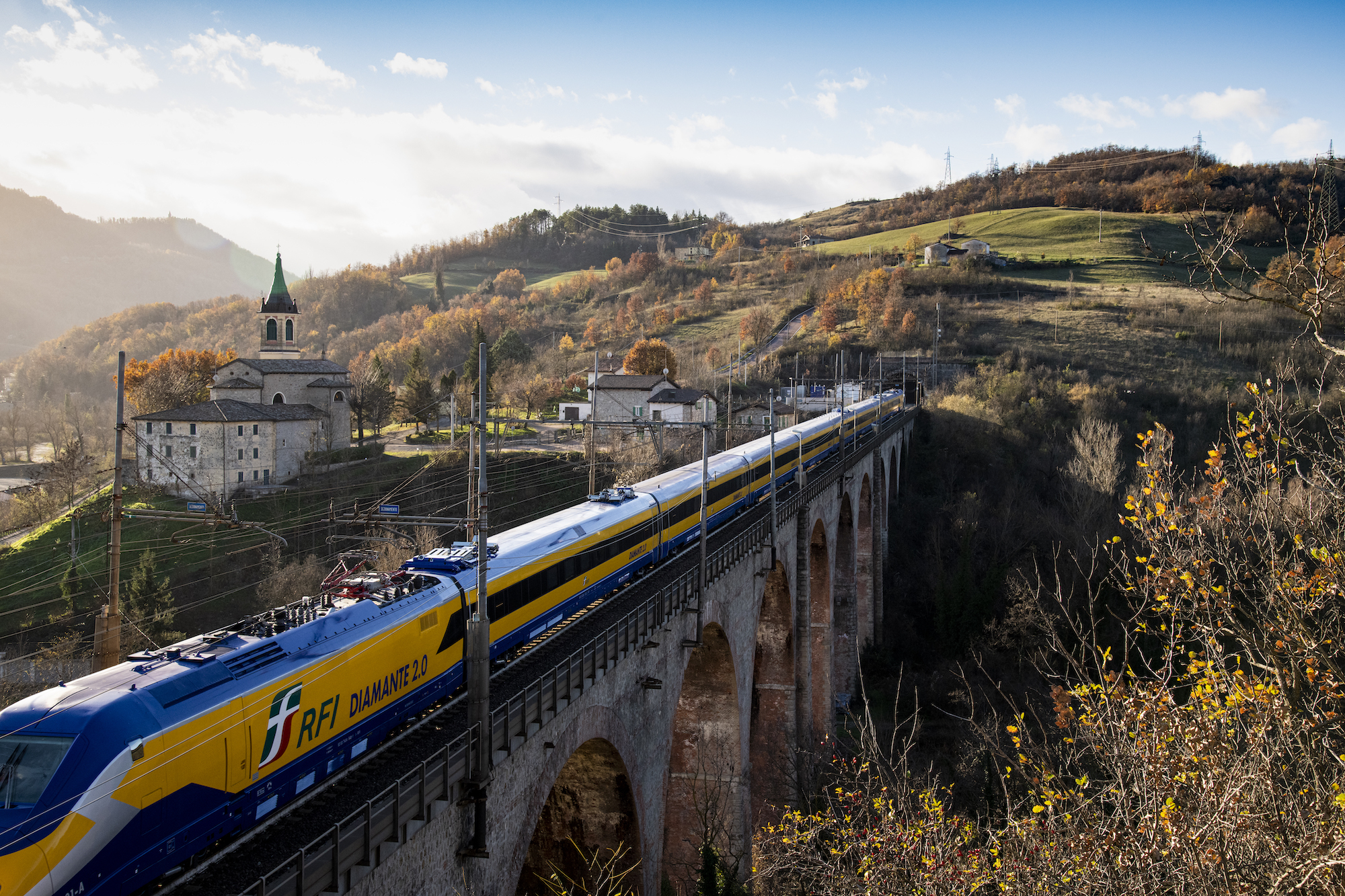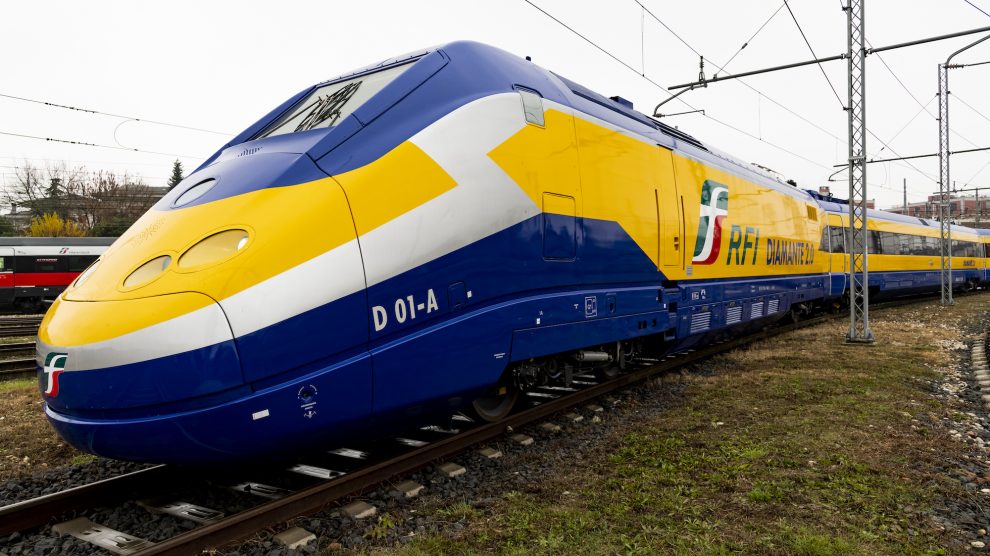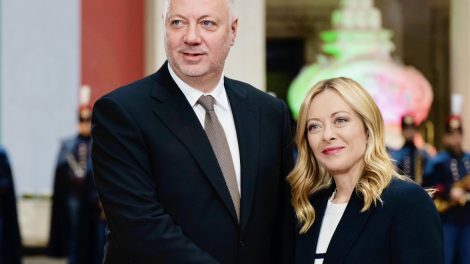Ferrovie dello Stato (FS Group), Italy’s State-participated railway company, revealed its new cutting-edge diagnostic train at Expo Dubai 2020. Led by CEO Luigi Ferraris, the company is intent on making Italy’s railway system increasingly innovative.
The locomotive, dubbed Diamante 2.0, is intended to prevent infrastructure failures. It’s laden with technology to increase trains’ punctuality and make their circulation more fluid. Its unveiling sits within the overarching plan to revolutionise and innovate the country’s infrastructure – namely, the National Recovery and Resilience Plan.
FS showcased the new diagnostic system during the New Technologies for Safe and Sustainable Infrastructures event, held during Expo 2020 Dubai. Featuring two panel discussions, topics including modern challenges facing rail mobility and the development of sustainable and accessible rail infrastructures, along with the monitoring of rail infrastructure health through the new Diamante 2.0 high-speed diagnostic train.
The ERTMS Urban, an innovative technological system aimed at further improving the circulation of trains and increasing their frequency in metropolitan nodes, was also unveiled. This technology has the same characteristics of the classic ERTMS system installed on high-speed lines, but will be used with specific operating modes on local lines near and within large cities.
The event was attended by Anna Masutti and Vera Fiorani, respectively president and managing director of Rete Ferroviaria Italia (RFI), the FS Group company that manages the railway infrastructure. Other attendees included Andrea Nardinocchi, managing director of Italferr, the FS Group engineering company, among others.

Diamante 2.0
Diamante 2.0 is the new RFI train capable of monitoring the state of high-speed, high-capacity railway lines and those with the greatest traffic. Combining the maintenance of the railway infrastructure with predictive diagnostics, the technology makes it possible to intervene before a fault or anomaly occurs.
Diamante 2.0 will be used to control, supervise and certify the rail network. A moving laboratory made up of 8 Frecciarossa carriages and two locomotives, it will reach speeds of 300 kilometres per hour while measuring hundreds of parameters.
There are 98 cameras on board, with more than 200 sensors placed across the train to monitor data and values, aimed at analysing the conditions of the railway infrastructure. Monitorable conditions include the geometry and wear of the track, the interaction between the wheel and the rail, the quality of energy capture from the overhead power line, signalling and telecommunications.
A major renewal plan of the current fleet is underway, allowing for the gradual decommissioning of vehicles that have reached the end of their useful lifespan and the later commissioning of new diagnostic vehicles. Diamante 2.0 will be the first of such vehicles to be put into service.
Urban ERTMS
The ERTMS Level 2 Urban system, developed by RFI, aims to increase the capacity of rail traffic and make it more fluid to meet new mobility needs. It improves train punctuality by reducing the average distance between two signals— from 1,200 metres to about 300— allowing trains to travel closer together.
Implemented on the tracks and on board, this technology is expected to increase the capacity of existing railway infrastructure, providing greater regularity and frequency in the railway circulation of the nodes, avoiding impacting interventions from an economic and urban planning point of view, with benefits for the entire Local Public Transport. The first urban nodes to be equipped will be Florence, Rome and Milan.
“As RFI we are at the forefront in developing sustainable, resilient, interconnected and accessible infrastructures,” said Ms Fiorani. “Today, also thanks to the resources of [the NRRP], we are building the infrastructure of tomorrow, which will unite Italy even more and bring about the country’s new dimension of mobility.”
“At Expo 2020 we are not presenting the infrastructures of the future. Instead, we are talking about the future of existing infrastructures,” she quipped.





